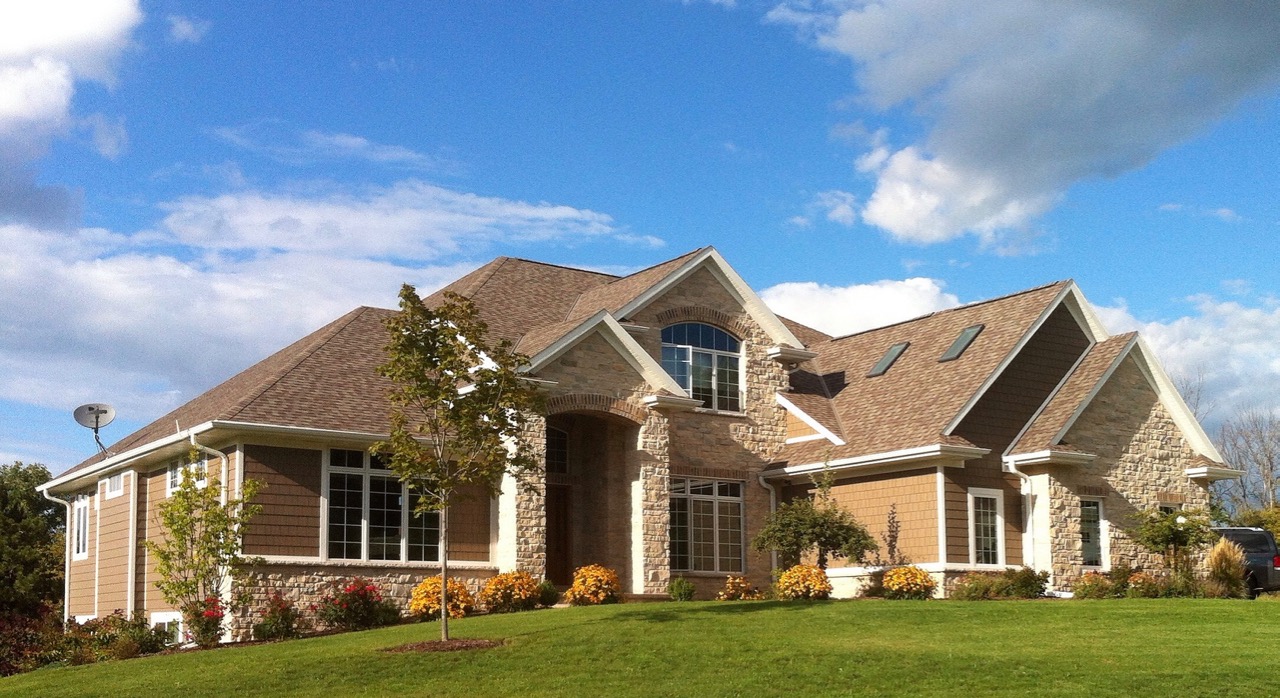Reader Question: I want to confirm an explanation an agent gave me. What is value range pricing?
Monty’s Answer: Value range pricing is a strategy employed by home sellers to increase the number of home showings. Hypothetically, the more shows, the higher the chance of a sale and a purchase at a higher price. The key to a successful pricing strategy, whether a fixed amount or a market range price on any home, is to price it accurately. If similar homes in your neighborhood are selling between $225T and $250T, and you price your home at $279T, or between $279T and $255T, neither value range pricing or a fixed listing price will be effective. The market, not the seller, sets the price.
No exact price
The idea driving value range pricing is that no home has an exact value, but a range of value. From a practical point of view, this is precisely how the market place works. The validation of this statement is when a transaction fails to close, and the property goes back into the market and sells again, it rarely sells for the same price the second time. It will sell for more or less.
The reality of the market
With market range pricing, a home seller is not obligated to accept any offer, which is no different from utilizing a fixed price. It is also not unusual for a buyer to pass on a fixed price property if the buyer perceives it is overpriced. Consumers today want to conserve their time by looking at well priced homes.
What often happens with a value range price is the same thing that happens in a fixed price listing. Buyers tend to want to buy at a lower price. That said, when they discover the seller will not accept a lower price, they may still want to buy the house and will pay more than their original offer. In a hot price range where homes are selling quickly, and home buyers have the actual home sale data, the mindset is more about acquiring the house. Conversely, in a sluggish buyer’s market the buyer will often tend to attempt a low-end price. Other variables are the competition, the condition of the home and other factors.
Benefits to a buyer
From the buyer’s point of view, having a range of value suggests that the seller is open to an offer. This message gives the buyer the feeling they are not wasting time by making a lower offer or insulting the seller. The seller is open to an offer. Precisely what the range should show depends on what is happening in the market. If a seller and a buyer are in a hot market, both of them realize the market is hot, so the range of value may be tighter than when a market is soft. Additionally, what a buyer or seller will do is affected by their personal shopping experiences and circumstances at that juncture in time. Value range pricing opens the buyer to more inventory.
A better idea
You don’t see value range pricing more often because many MLS systems only allow for a single price. Some agents do not recognize the value of it, or don’t mention it because it chews up valuable time explaining it to both buyer and seller.
If value range pricing brings more prospects to the house, the likelihood is that additional exposure increases the chances for a higher price from one or more of those buyers.

